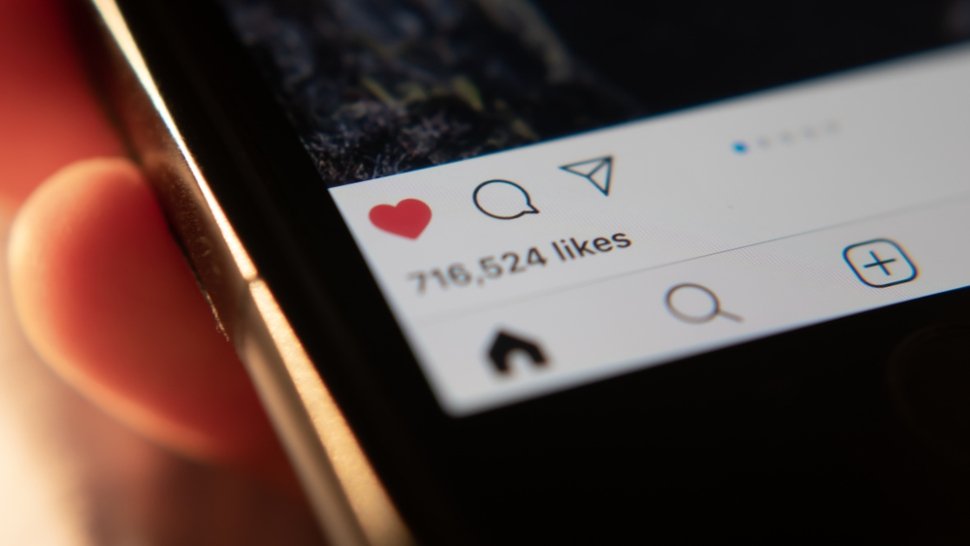“Vanity metrics” is a term that gets bandied about a lot in the communications world. Some brands weaponise it, using it to devalue an unfavourable measurement point: “Who needs followers anyway, sure they’re only a vanity metric?!”
Others take a more optimistic approach, brushing off any pointed criticism: “Vanity metrics? Surely all Likes are good, right?”
Wrong. Well, sort of. In order to decipher the worth, or lack of worth, of vanity metrics, we need to first understand what they are.
Starting with a catch-all definition, vanity metrics are data points that make your brand or campaign look good but bear no meaning on your actual objectives.
Straightforward, right? Again, wrong. When it comes down to what these data points actually are, there is no single answer.
As you like it: new social changes
Mark Zuckerberg’s two main platforms, Facebook and Instagram, have both previously experimented with removing Likes and reactions.
Just last week, Instagram CEO Adam Mosseri announced yet another test that’s giving users the option to show and see Likes on photos. The social media company claims that these proposed changes will help improve users’ mental health, moving us away from the addictive social gratification their platforms so readily provide.
But what does that mean for brands and businesses? While post reactions are at the lower end of the pay scale, they have long been held as currency by marketers, brand managers, and communication specialists.
If Instagram’s test comes to fruition, will this mean the devaluation of the lowly Like for good? And, if so, how will this exchange rate affect neighbouring social media platforms such as Twitter, TikTok, and LinkedIn?
Faux fans and fraudulent activity
Platform changes aside, the worth of social metrics is under scrutiny from another angle: forgery. A recent PRWeek story revealed that HypeAuditor, a social media analytics tool, reported that more than half of Instagram influencers in the UK were attached to some sort of online fraud last year.
Respectfully omitting Photoshop, Facetune, and fake anatomy, the report highlighted the rampant use of bought followers, story views, and click farm comments and likes among influencers.

This story is nothing new. In fact, almost a year ago, HypeAuditor released a similar report implicating a whopping 75 per cent of influencers in fraudulent activity.
These figures indicate that working with such influencers could garner more vain than gain for brands when it comes to results. However, a buzzing social media feed filled with #ADs and affiliate links tells us that this is a risk brands are willing to take, and that vanity metrics are data points they are willing to count.
Metrics matter
So, where does that leave your brand? Navigating the world of vanity metrics is about bringing things back to basics.
This means determining what matters to your audience, what correlates with your objectives, and whether you have a measurement framework in place that can effectively evaluate your communications activity.
Audience
Each of your audience segments has their own way of telling you how they feel about your brand. Platform preference, interaction levels, and digital literacy all differ based on factors like age, location, circumstance, and relationship to your brand. In order to pinpoint the metrics that matter, you need to become fluent in these behaviours.
Tracking this over time allows you to identify trends and translate your audiences’ actions into tangible results.
Objective
Once you understand your audiences’ actions, focus on how they indicate progress towards your brand’s business or organisation objectives. Do this by answering the following questions:
- What is your business or organisation objective?
- What is your campaign goal?
- What do you want your audience to do?
- How do you want your audience to feel?
This linear approach allows you to develop trackable KPIs that demonstrate the value of your communications activities.

Measurement
Throughout and following your campaign, you must analyse your audiences’ response to understand its success. This is where you need a comprehensive measurement framework. Measuring communications activity online or off does not allow you to compare like with like or, in this case, Like with Share.
It requires a mapped-out value system that equates a particular value point to each of your audience’s behaviours. It requires a thorough understanding of why your audience do what they do and what that means in relation to your brand.
Which brings us back to basics. At the core of all impactful communications is your audience, not whatever en vogue metric is flavour of the month.
Tracking their changing behaviours and how they translate into data points will always provide you with the insights you need to achieve your organisational objectives.

About the author
Sinéad works with clients to creatively plan and implement their brand and campaign communications. With a vast and varied background in content planning and development, she is an expert storyteller, bringing brands to life both online and off.
